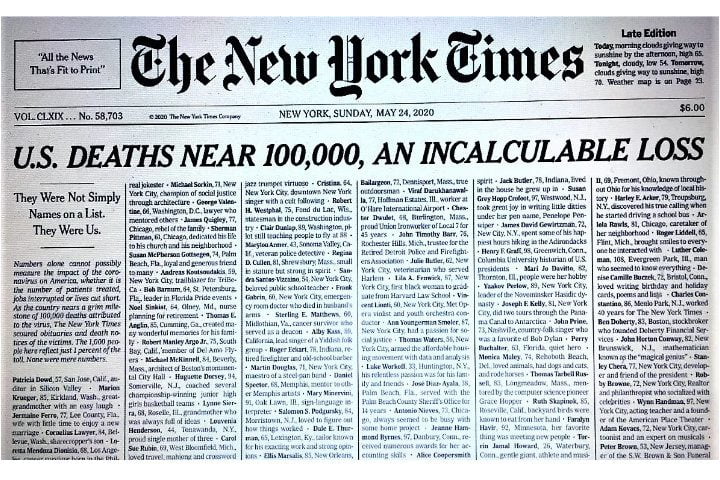Agenda-Setting Theory
A key idea in mass communication research that examines the connection between media coverage and public perception of issues is the Agenda-Setting Theory, which Maxwell McCombs and Donald Shaw developed in 1972. Understanding this theory is crucial for UGC-NET aspirants in mass communication and journalism, as it provides insights into the power of media to influence public discourse and shape societal priorities.
This theory is particularly relevant in the Indian context, given the country’s vibrant and diverse media landscape and its role in shaping public opinion on various social, political, and economic issues. This comprehensive exploration delves deep into the agenda-setting theory, examining its key concepts, applications, strengths, limitations, and relevance in the Indian media and communication context.
Key Concepts of the Agenda-Setting Theory
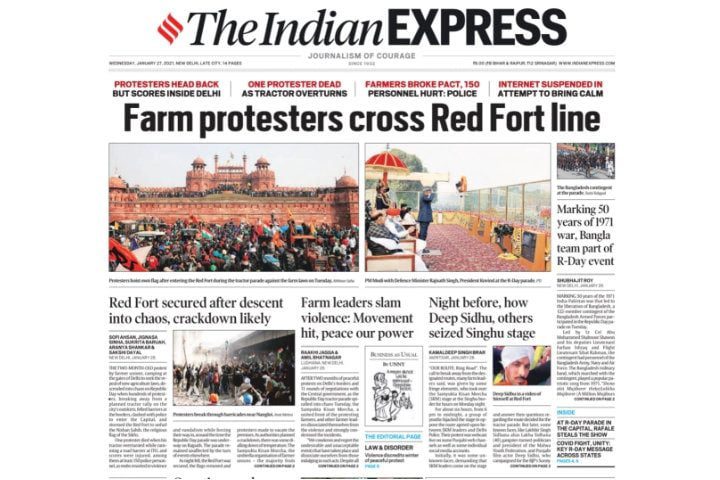
1. Media Agenda
2. Public Agenda
3. Policy Agenda
4. First-Level Agenda Setting
5. Second-Level Agenda Setting
6. Priming
Let’s examine each of these concepts in detail:
Media Agenda
This describes the pattern of news coverage in various media outlets, focusing on the prominence and volume of coverage for different issues.
Example: The extensive coverage of the Farmers’ Protests in 2020-2021 across various news channels and newspapers.
Public Agenda

This represents the issues that the public considers important or worthy of attention.
Example: Public concern about air pollution in major Indian cities is rising due to increased media coverage.
Policy Agenda
This refers to the issues that policymakers find significant and address.
Example: The government prioritizes digital initiatives due to heightened media attention and public interest in digital transformation.
First-Level Agenda Setting
This emphasizes the importance of shifting the issue from the media to the public agenda.
Example: Increased media coverage of cybercrime raises public awareness and intensifies concerns about online security.
Second-Level Agenda Setting
This focuses on the transfer of attribute salience, i.e., the characteristics of an issue portrayed in media coverage or other communication channels, highlighting how media representation of issues influences public perception.
Example: Portraying electric vehicles in the media as environmentally friendly influences public perception and impacts adoption rates.
Priming
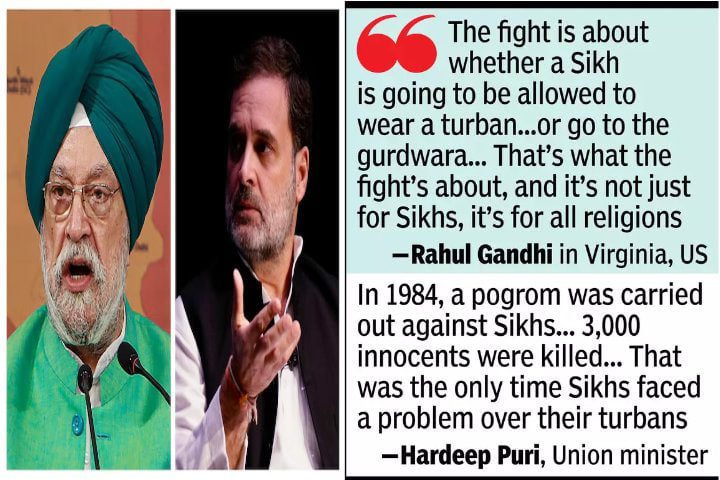
This idea proposes that the way media reports on events can shape the criteria through which individuals assess issues or public personalities.
Example: When the media highlights a politician’s economic policies, voters may assess that politician mainly through the lens of economic matters.
Applications of the Agenda-Setting Theory
Let’s explore how this theory can be applied to various scenarios in the Indian context:
Election Coverage
- Media Agenda: Extensive coverage of certain political issues or candidates
- Public Agenda: Increased public discussion and concern about these issues
- Policy Agenda: Political parties adjusting their campaigns to address these issues
- First-Level: Transfer of issue importance from media to public
- Second-Level: Shaping of public perception about candidates based on media portrayal
- Priming: Media focus on specific topics influencing voter evaluation criteria
Environmental Issues
- Media Agenda: Increased coverage of climate change and its impacts on India
- Public Agenda: Growing public concern about environmental sustainability
- Policy Agenda: Government initiatives on renewable energy and pollution control
- First-Level: Transfer of environmental issue salience to public discourse
- Second-Level: Shaping public perception of various environmental solutions
- Priming: Media coverage influencing public evaluation of government ecological policies
Health Awareness
- Media Agenda: Extensive coverage of COVID-19 pandemic
- Public Agenda: Heightened public concern about health and safety measures
- Policy Agenda: Government policies on lockdowns, vaccinations, and healthcare
- First-Level: Transfer of health issue importance to public consciousness
- Second-Level: Shaping public perception of various health measures
- Priming: Media coverage influencing the public evaluation of the healthcare system and policies
Strengths of the Agenda-Setting Theory
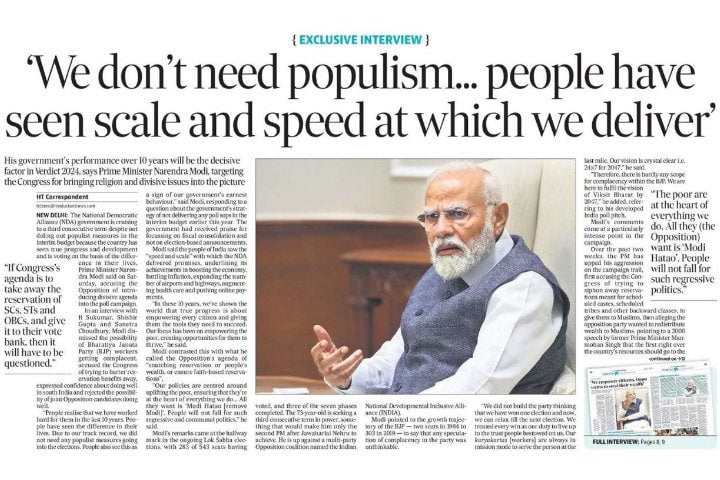
1. Empirical Support: Numerous studies have provided evidence supporting the theory’s core propositions.
2. Explanatory Power: Helps explain the relationship between media coverage and public opinion.
3. Versatility: Can be applied to various media types and cultural contexts.
4. Policy Implications: Offers insights for policymakers and media professionals on the impact of media coverage.
Limitations of the Agenda-Setting Theory
1. Causality Issues: Establishing clear causal relationships between media coverage and public opinion is difficult.
2. Oversimplification: This may not fully account for the complex process of public opinion formation.
3. Individual Differences: This doesn’t adequately address how individual factors might moderate agenda-setting effects.
4. Changing Media Landscape: The theory may need adaptation to fully account for the fragmented media environment of the digital age.
The Agenda-Setting Theory in the Digital Age
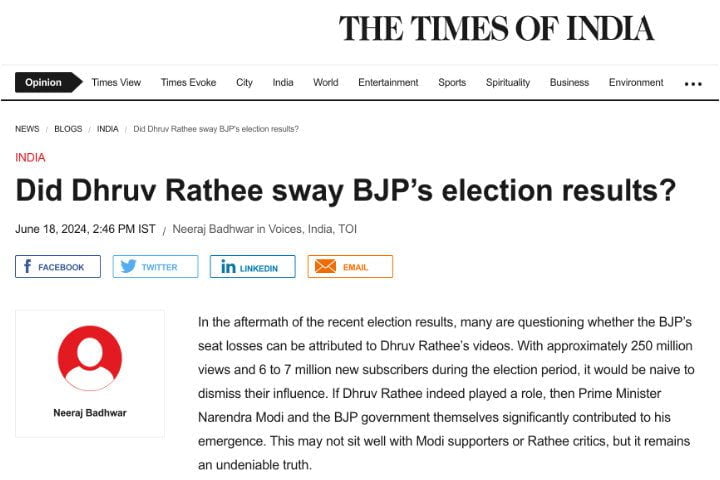
The theory has evolved to address the challenges and opportunities of the digital media landscape:
1. Fragmented Media: The proliferation of online news sources has led to more diverse agendas.
2. Social Media Influence: Platforms like Twitter and Facebook can set agendas independently of traditional media.
3. Algorithmic Curation: News aggregators and social media algorithms influence what content users see, potentially creating filter bubbles.
4. User-Generated Content: Audiences can now participate in agenda-setting through blogs, vlogs, and social media posts.
Case Study: Agenda-Setting and the #MeToo Movement in India
Let’s apply the agenda-setting theory to the #MeToo movement in India:
- Media Agenda: Increased coverage of sexual harassment allegations in various industries
- Public Agenda: Growing public discourse on workplace harassment and gender equality
- Policy Agenda: Discussions on strengthening sexual harassment laws and workplace policies
- First-Level: Transfer of issue importance from social media to mainstream media to public discourse
- Second-Level: Shaping public perception of the prevalence and seriousness of sexual harassment
- Priming: Media coverage influencing public evaluation of institutions’ handling of harassment cases
This case demonstrates how both traditional and social media can spur agenda-setting, leading to significant public discourse and policy considerations.
Criticism and Evolution
While the Agenda-Setting Theory has been influential, it has faced criticism for potentially oversimplifying the complex relationship between media and public opinion. Critics argue that it may not fully account for audiences’ active role in selecting and interpreting media content.
In response to these criticisms and the changing media landscape, researchers have developed more nuanced versions of the theory, including the Network Agenda-Setting Model, which considers how media coverage can influence the perceived relationships between different issues.
Agenda-Setting Theory and Media Literacy
The theory offers valuable insights for media literacy education:
1. Critical Analysis: Encourages awareness of how media coverage can influence perceptions of issue importance.
2. Multiple Perspectives: Highlights the importance of seeking diverse news sources.
3. Media Impact Awareness: Fosters understanding of the broader societal impacts of media coverage.
In India, where media plays a crucial role in shaping public discourse on various national issues, understanding the agenda-setting theory can enhance media literacy efforts and promote more informed civic engagement.
Conclusion
The agenda-setting theory, focusing on the relationship between media coverage and public perception of issues, remains a crucial concept in communication studies. For UGC-NET aspirants, mastering this theory is essential for exam success and developing a nuanced understanding of media influence in the diverse and dynamic Indian context.
As we’ve seen, the theory can be applied to various scenarios in India’s media ecosystem, from election coverage to social movements. While it has limitations, particularly in fully capturing the complexities of the modern media environment, it continues to provide a valuable framework for analyzing media influence on public discourse and policy priorities.
In an era of information overload and diverse media platforms, the Agenda-Setting Theory’s insights into how media coverage can shape public priorities and perceptions remain highly relevant. The theory reminds us of the significant responsibility that media professionals bear in shaping public discourse and the importance of critical media consumption.
UGC NET Exam Tips
1. Understand the difference between first-level and second-level agenda-setting theory.
2. Be familiar with media, public, and policy agendas.
3. Practice applying the theory to various current events and media scenarios in India.
4. Consider how the theory has evolved to address the challenges of the digital media landscape.
5. Consider critically the theory’s strengths and limitations in explaining media influence.

